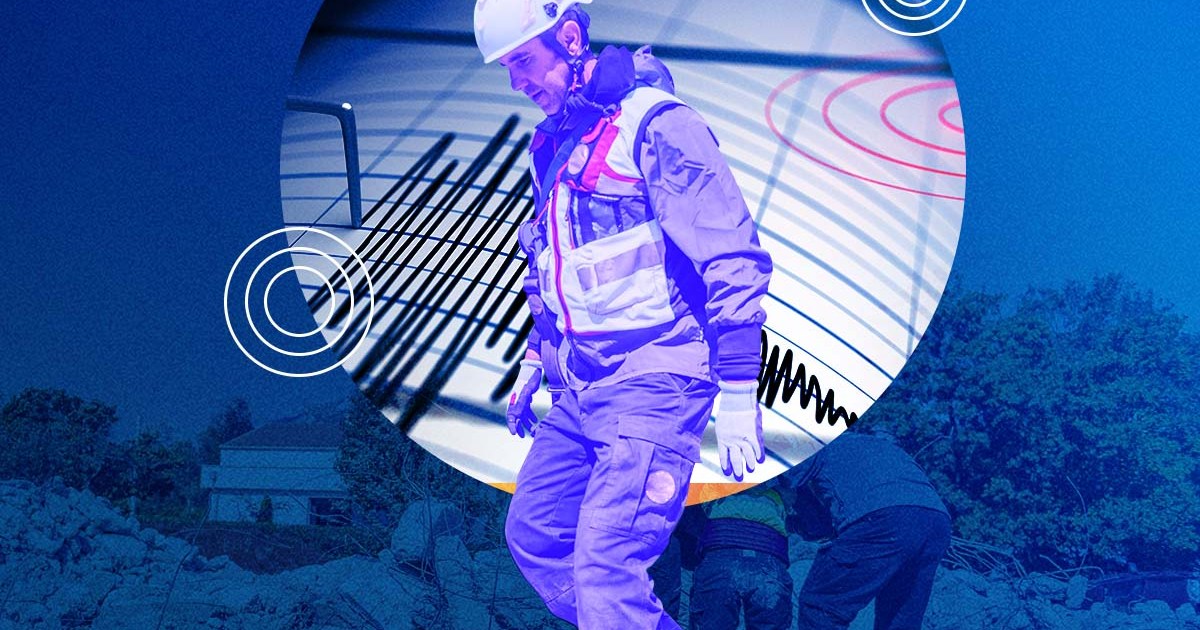A group of physicists from University of Chile they want to achieve the rather ambitious goal of developing a method that can predict extreme natural events such as earthquakes or floods.
The result is the product of intellectual communication between Chilean and French scientists and can support the development of applications for various disciplines: “we have valuable elements that make us think that this research paves the way for predicting extreme events such as droughts, earthquakes, economic and social crises ”, says Marcel Klerk, Academician of the Department of Physics, Faculty of Physical Sciences, University of Chile.
The study, which lasted almost three years, used artificial intelligence techniques to predict catastrophic events in mathematical models. “We show that neural networks can predict the occurrence of unlikely extreme events such as giant and catastrophic ripples. By choosing areas of maximum information transfer (entropy), we show that it is possible to obtain a higher forecast accuracy using non-local data compared to local data, which allows to increase the warning time. In other words, we can anticipate results that we could not see before, ”adds a doctor of physical sciences from the University of Nice Sophia Antipolis (France).
Research Path
The experimental data were carried out in France (Center for Nanoscience and Nanotechnology of the University of Paris-Saclay). By analyzing the dynamics of light emitted by optically excited semiconductor cavities. Personal computers were used to analyze the data and the results were tested on parallel computers at the University of Lille.
The team now plans to apply these methods to other physical systems and other contexts. “Although we don’t plan to use them in the social sciences, it is possible to predict collective behavior such as economic crises,” says Clerk, who is also a research fellow at the MIRO Millennium Optics Institute.
V. A. Pammy and S. Barbe from the University of Paris-Saclay (CNRS, Center for Nanosciences and Nanotechnologies) and S. Coulibaly from the University of Lille (France) also took part in the work.
The results were published in the paper “Extreme Event Prediction Based on Nonlocal Partial Information in a Spatiotemporal Chaotic Microcavity Laser” published in the journal Physical Review Letters.
Source: Digital Trends
I am Garth Carter and I work at Gadget Onus. I have specialized in writing for the Hot News section, focusing on topics that are trending and highly relevant to readers. My passion is to present news stories accurately, in an engaging manner that captures the attention of my audience.










